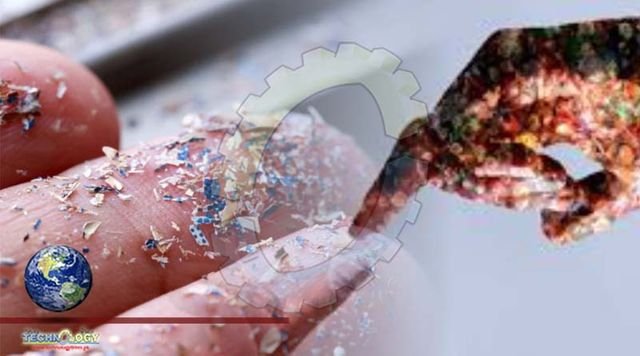If you haven’t heard of microplastics impact, you soon will. Researchers say so much of our world is made of plastic that we’ve ingested tiny pieces of it. The question is, at what cost to our health? In part one of a three-part series, 69 News Reporter Jaccii Farris tells us exactly what microplastics are, and where they come from.

It’s not something you expect to see at the Little Lehigh Creek in Allentown. Penn Environment is testing waterways across Pennsylvania for something called microplastics – fragments of plastic less than five millimeters long, ranging from a near invisible speck of dust to the size of a sesame seed.
This is the second round of testing zero waste advocate Faran Savitz is conducting with the environmental advocacy group. “After 53 waterways, hundreds of samples taken, we found microplastics everywhere we looked,” Savitz said.
Plastic was invented in 1863 in an effort to replace ivory billiard balls. Now, nearly 160 years later, it’s used in practically everything, from food and water containers to some types of toothpaste, soaps, cosmetics, and even clothing. For example, it’s estimated that in just one load of wash 700,000 microplastic fibers are washed down the drain, ending up in our waterways, where they can be eaten by fish.
But beyond the food chain, microplastics also make their way back to us in the water we drink, whether it’s in plastic water bottles or water from the tap. PennEnvironment says a non-scientific test of water from three Lehigh Valley homes revealed microplastics fibers, films, and fragments were present. Whether they came from the water, the plumbing or the collection process is hard to say, but it’s a stark reminder that even though you can’t see microplastics doesn’t mean they are not there.
And water isn’t the only issue. Microplastics from our clothes and other household items become dust bunnies and end up in the air we breathe. One study estimates that one way or another the average person consumes a credit card’s weight in microplastics every week. The European Union has been leading the global charge on the issue, banning most single-use plastics in July 2021. Just recently, states like New Jersey, Delaware, New York, and California have also taken steps to ban single-use plastics bags. Savitz says the bans are a good first step. But we’ve lived in a world made of plastic for decades, and scientists are just now starting to research the impact of microplastics on our health.
Source: This news is originally published by wfmz